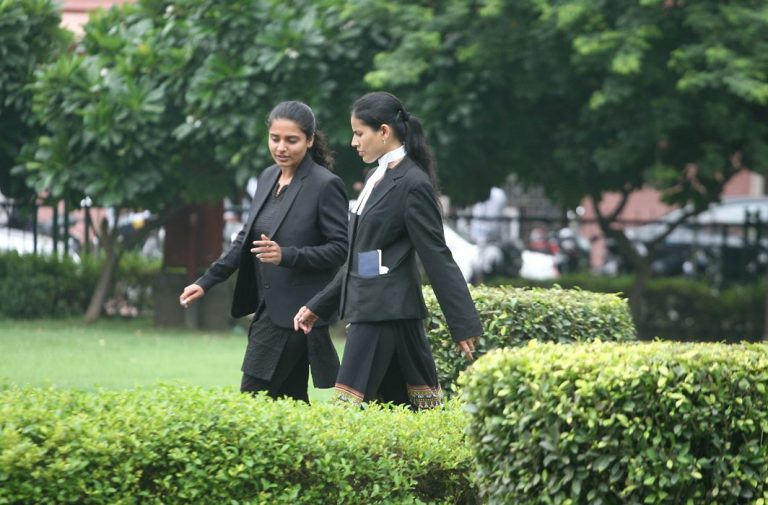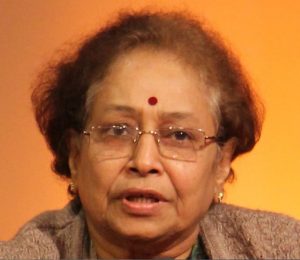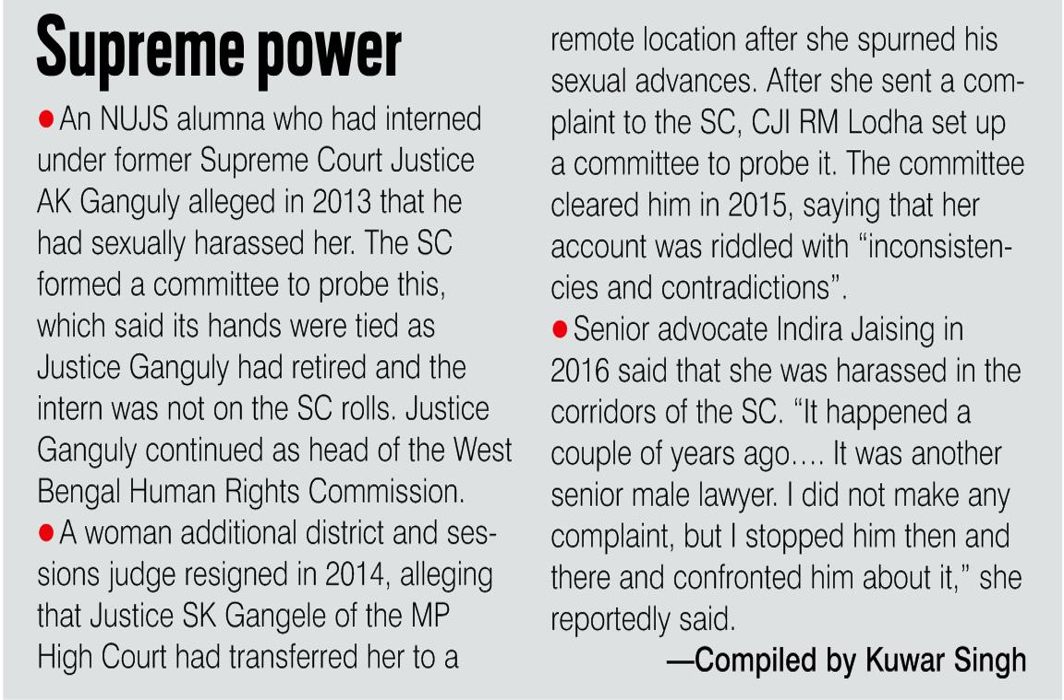
Above: Lady lawyers need specific provisions under the sexual harassment Act for their protection/Photo: Anil Shakya
The apex court’s directive to high courts to form Anti-sexual Harassment Committees will go a long way in making women working there feel safe

~By Kumkum Sirpurkar
The Supreme Court recently directed the heads of all High Courts to set up anti-sexual harassment committees in all courts across the country within two months. This was in accordance with a law which came into effect in 2013.
A bench comprising Chief Justice Dipak Misra and Justices AM Khanwilkar and DY Chandrachud also asked the registrar generals of High Courts to file a report on whether its orders had been complied with by July 15.
The bench said: “As far as the question of constitution of such committee(s) in other high courts/district courts throughout the country is concerned, the chief justices of each of the high courts are requested to constitute the committees in high courts as well as the district courts, if not already constituted, within a span of two months.”
The directions came after a petition was filed by a woman advocate who had alleged that she was assaulted by some lawyers observing a strike at the Tis Hazari courts in Delhi. The Court tried to mediate between the woman and bar members of the Tis Hazari district courts. FIRs were filed by her and an accused lawyer in this case.
VISHAKA GUIDELINES
The concept of protection of women from sexual harassment in the workplace originated from the Vishaka vs State of Rajasthan case. The Act came into force in 2013. As per the directions of the Supreme Court, all High Courts and district courts should constitute two committees—one on the administrative side which will be meant for women employees of the High Courts and district courts and the second for lady lawyers practising there.
In my opinion, this committee should also include representatives of the respective bar council and bar association so that it can lead to more effective working of the panel and fulfill the purpose of the Act.
In my 48 years of practice in the Nagpur High Court and district courts, I have not come across any incident of harassment.
However, during my practice, such cases did come to light and we had no specific solution as it was before the judgment of Vishaka vs State of Rajasthan. There was one such case I couldn’t forget. One day, a young primary schoolteacher came to my office with a problem—every month, she was being transferred from one school to another, which were under the zilla parishad. She lived with her sister as she had no parents. After a lot of questioning, it was revealed that the headmaster of the school wanted some favours from her and as she had refused, he transferred her from one school to another in remote places, where it was difficult for her to live. Each transfer was at the month-end.
I filed a petition in the High Court stating all the facts and the Court directed the zilla parishad to immediately constitute a committee. The petition was kept pending. Accordingly, a committee was constituted and ultimately, her problem was solved.
WOMEN HESITATE
This incident demonstrates the importance of such committees in offices. I have also observed that women are reluctant to approach the committee with their problems as they fear that firstly, they will be defamed and secondly, it may affect their job.
Hence, it is not only important to constitute such committees under the Sexual Harassment of Women at Workplace (Prevention, Prohibition and Redressal) Act but also to sensitise employees and make them aware of the law. I have observed that most of the time, women are not aware of the law.
It is also important that nobody should try to take advantage of the Act and settle personal scores. I remember a case before the Sexual Harassment Committee in an office in Nagpur where a lady officer wanted to marry a certain male officer. However, despite her earnestness, he refused. She filed a case against him before the Committee.
The Act was primarily designed for an employer-employee relationship. It is widely worded and says that a woman at the workplace needs complete protection from sexual harassment, overt or subtle in any possible form, and can be used for the protection of women in court too.
The following shall be the target group:
- Lady lawyers practising independently
- Lady lawyers practising as juniors in offices of established lawyers
- Female interns interning with practising lawyers and judges and female administrative staff working with practising lawyers in the capacity of attorneys, clerks, secretaries, stenographers, typists, accountants, etc
- Female lawyers, interns, administrative and multitasking staff in solicitor and lawyer firms functioning in the non-litigation stream.
Rules should also be framed under the Act so as to specifically include lady lawyers. From a reading of the Act, it seems that lady lawyers are not an employee nor are in any employment. There should also be a definition of these terms—employee, employer, workplace and respondent—so as to give protection to everyone as per the direction of the Supreme Court.
The constitution of such committees is necessary in all offices and specially in courts. It is important for members of the committee to be vigilant and strike a balance so that the purpose of the Act is achieved.
—The writer is a senior advocate and wife of Justice VS Sirpurkar, a former Supreme Court judge

